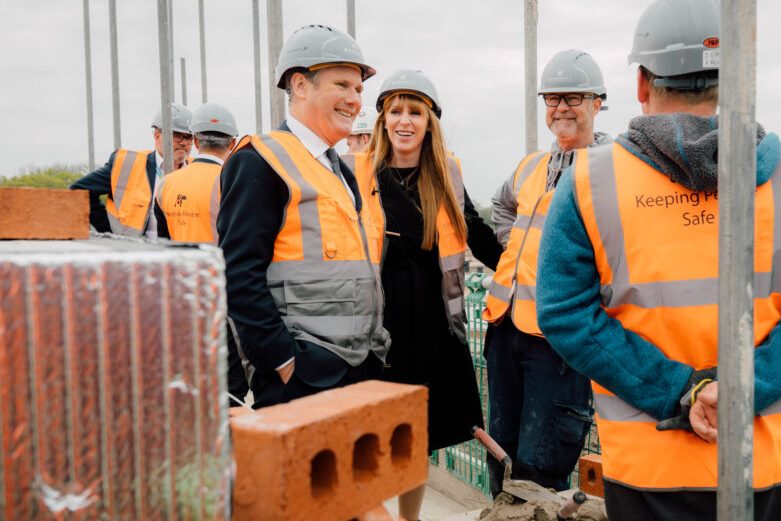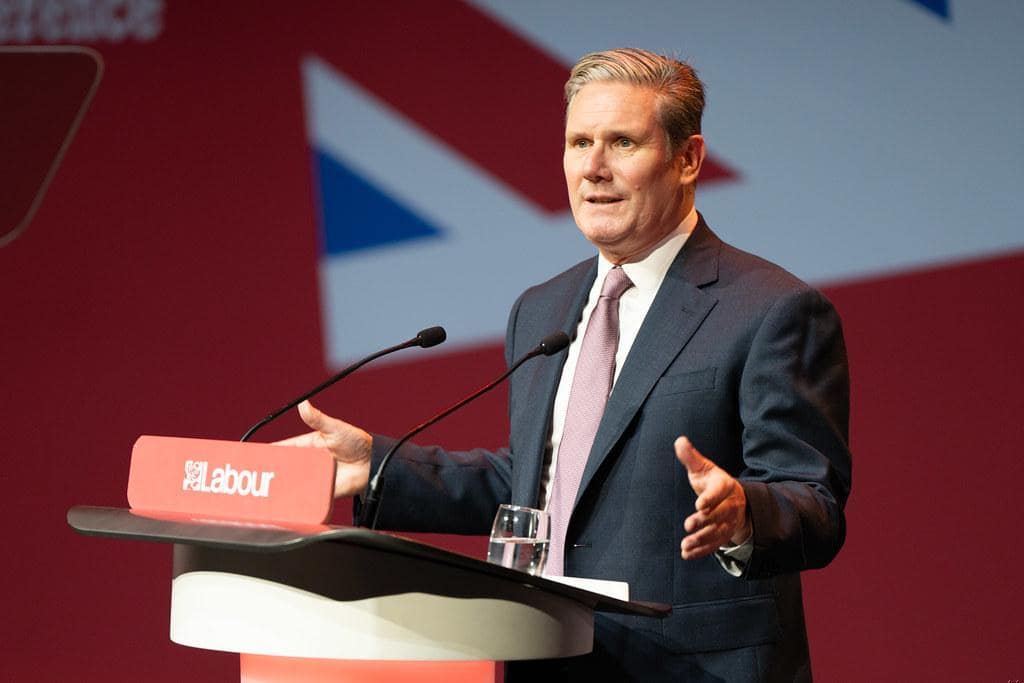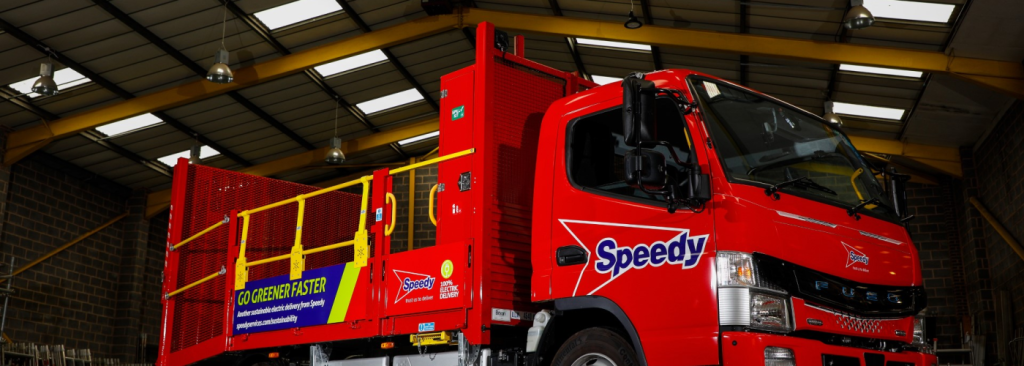Keir Starmer’s Pledge to Energise the Construction Industry

In a bold move, Labour Party leader Keir Starmer has unveiled his ambitious plan to revitalise the construction industry and reignite the economy once he assumes the role of Prime Minister. Starmer’s vision is firmly rooted in the principles of Keynesian economics, advocating substantial investments in construction as a means to stimulate economic growth. This article delves into his proposals and their potential impact.

The Labour Party Conference and Starmer’s Ascendancy
The backdrop for Keir Starmer’s ambitious plan was the Labour Party’s annual conference in Liverpool, considered by many to be the last gathering before the upcoming general election, expected no later than January 28, 2025. With the Labour Party currently enjoying a significant lead in opinion polls, Starmer’s statements are gaining increased attention.
However, Starmer faces a significant challenge in bridging the credibility gap. Only 33% of the electorate, as per YouGov, view him as a prime minister in waiting, with 47% holding an opposing view. Starmer aims to change this perception through his unwavering commitment to building a brighter future.

A Call to Rebuild
In his conference speech, Keir Starmer emphasised the importance of ‘building’ and ‘built’ – terms that he reiterated 34 times. He declared, “People are looking to us because they want to build a new Britain. And we are the builders.” His resounding call was clear: “Let’s get Britain building again.”
Starmer’s vision can be summarised in his commitment to “unleash the big build.” Beyond rhetoric, he hinted at policy directions, acknowledging a major obstacle in the form of a restrictive planning system.
He stated, “There is one barrier so big, so imposing that it blocks out all light from the other side. A blockage that stops this country from building roads, grid connections, laboratories, train lines, warehouses, wind farms, and power stations. An obstacle to the aspirations of millions – now and in the future – who deserve the security of home ownership. A future is hidden by our restrictive planning system… Conference, we must bulldoze through it.”

A Comprehensive Building Plan
Starmer outlined a comprehensive strategy for getting Britain building again. It includes constructing one and a half million new homes across the country, providing opportunities for first-time buyers in every community. New development corporations will be empowered to remove the blockages, and new infrastructure will support family and community growth. Roads, tunnels, power stations – all will be built more efficiently and cost-effectively.
Furthermore, Starmer is committed to re-wiring Britain, with the National Grid set to undergo rapid expansion. He envisions a future with more beautiful cities, prosperous towns, and new green spaces. He reaffirms that the old Labour ideas are still relevant in the present context.
Green Belt Reforms
One notable aspect of Starmer’s plan is his promise to relax planning restrictions on building in green belt areas. He clarified that this doesn’t imply the wholesale dismantling of the green belt. Instead, it represents a reevaluation of areas where there are unused spaces, such as disused car parks and dreary wastelands, colloquially known as the ‘grey belt.’ In cases where such land lies within a city’s boundaries and has no ecological significance, Starmer is determined to challenge the status quo.
A Blueprint for Economic Growth
Keir Starmer’s plan to reinvigorate the construction sector is not only essential for economic growth but also for addressing the cost-of-living crisis. He is determined to make economic growth the centrepiece of his party’s platform in the upcoming election.

Countryside campaign group CPRE has welcomed Starmer’s brownfield-first approach and the densification of towns and cities. They also stress the importance of protecting the green belt and restoring nature as part of the solution to the climate crisis.
Keir Starmer’s pledge to “unleash the big build” is a comprehensive plan aimed at reigniting the construction industry and driving economic growth in the United Kingdom. His vision encompasses a wide range of initiatives, from housing to infrastructure, all aimed at ensuring a prosperous and sustainable future for the nation.















